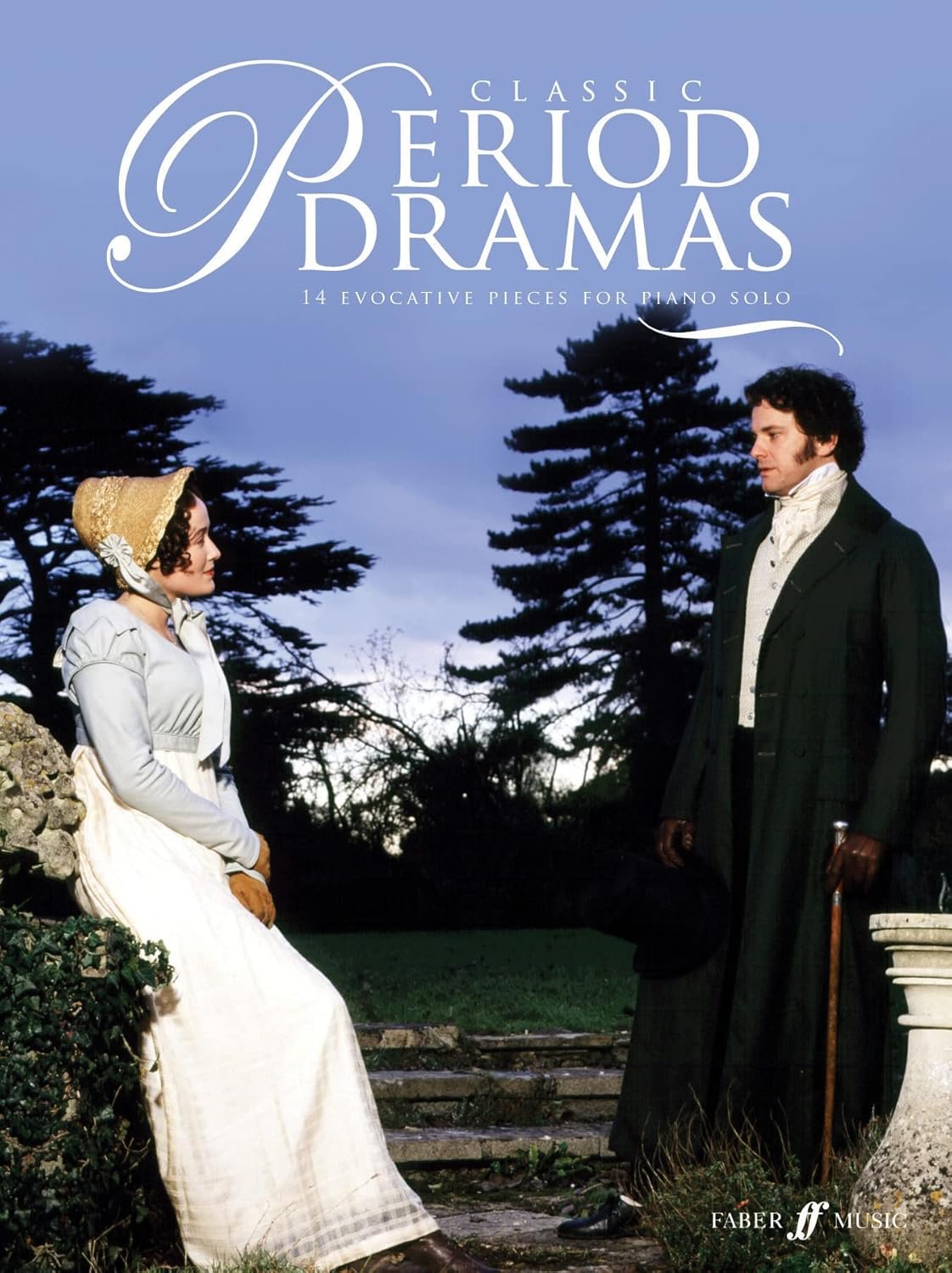A Touch of Elegance: My Thoughts on Classic Period Dramas
As a lifelong lover of both literature and the evocative melodies that accompany our favorite films, I couldn’t resist the allure of Classic Period Dramas: 14 Evocative solo piano pieces from classic feature films. This collection, featuring works from cinematic treasures like Pride and Prejudice, Emma, and Brideshead Revisited, piqued my interest not just for its musical pedigree, but for the way it invites us to relive the sumptuous worlds crafted by Jane Austen and Thomas Hardy. Upon delving into this beautifully arranged book by Alfred Music, I found myself transported into a realm where notes danced like elegantly clad characters at a ball.
The immense emotional depth captured within these 14 pieces resonated deeply with me. Each composition serves as a portal back to the lush landscapes and intricate relationships that define these timeless stories. For someone who cherishes the melodrama and romance of period films, it was enchanting to hear the echoes of Carl Davis, Jeremy Sams, and Adrian Johnston intertwined with classical giants like Mozart and Beethoven. The inclusion of various arrangements allows intermediate pianists to feel the pulse of these narratives through their fingertips, making music a living part of the storytelling experience.
Notably, the pieces are arranged for melodic ease and expressive potential, allowing pianists like myself to delve into music both new and familiar. With standouts including the serene ‘End Titles’ from Emma and the poignant ‘Sebastian’ from Brideshead Revisited, I felt as if I was not merely playing notes but stepping into a scene—the fluttering feelings of Elizabeth Bennet or the wistfulness of Anne Elliot filling the room. Each note and pause opens a window to the emotional turmoil and beauty of these narratives.
I particularly loved how each composition can evoke distinct imagery and emotions, reminiscent of specific scenes in the films. For example, the delicate strains of ‘An Adoring Heart’ from Cranford felt like a soft whisper, a reminder of the tender moments between characters. It made me reflect on how music often acts as an unspoken character in itself within these stories, amplifying our connection to the plot and its inhabitants.
What struck me most was the incredible ability of these pieces to stir nostalgia while also providing a fresh perspective on well-trodden narratives. Each arrangement serves as a tribute not just to the films but to the essence of the eras they depict, bringing the beauty of period drama right to the fingertips of its audience.
In conclusion, Classic Period Dramas is a treasure trove for anyone—musician or not—who cherishes the lush world of period dramas. Whether you’re an avid pianist looking to explore intermediate-level pieces or a casual reader eager to appreciate the interplay of literature and music, this collection has something for everyone. It captures the elegance of storytelling and invites us to pause, listen, and engage with the emotions that have captivated audiences for generations. For me, this book rekindled my love for both music and the profound narratives we hold dear, proving that sometimes, a simple arrangement can transport us like nothing else.







